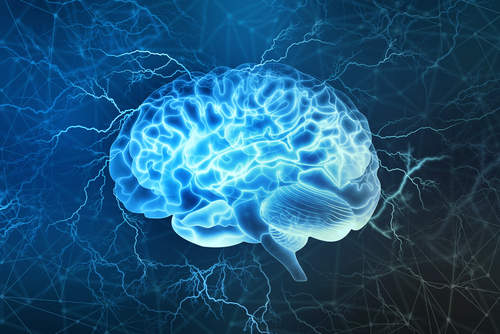Type 3 Gaucher Patients at Greater Risk of Parkinson’s as They Age, Case Series Suggests

Much like people with type 1 Gaucher disease (GD), patients with type 3 may be at greater risk of developing features of Parkinson’s disease as they get older, a case series suggests.
The study, “Parkinsonism in patients with neuronopathic (type 3) Gaucher disease: A case series,” was published in the journal Movement Disorders Clinical Practice.
GD is caused by mutations in the GBA1 gene. These mutations are also one of the most common genetic risk factors for Parkinson’s, which means Gaucher patients are at higher lifetime risk of developing the neurodegenerative disorder compared with the general population.
Yet, this increased risk is only well-established in patients with type 1 GD. Parkinson’s develops at older ages, and until the advent of enzyme replacement therapy (ERT), those with other types of GD had severely shortened lifespans.
In the 1990s, before ERT was first approved, patients with type 3 disease would typically live to their 20s or 30s. These patients now live well into their 50s or 60s, possibly putting them at greater risk for Parkinson’s.
In the new study, researchers at the National Human Genome Research Institute and colleagues at Mount Sinai and McMaster University, in Canada, reported four cases of GD type 3 patients who developed Parkinson’s, showing that its development is not exclusive to type 1 GD.
The first patient was a 54-year-old Canadian woman whose Gaucher disease was diagnosed at six months of age based on an enlarged spleen and liver. She underwent spleen removal at age 2, and started ERT at 39, switching to substrate reduction therapy at 41.
Despite a good response, the woman experienced hearing loss and began using hearing aids at 44. She also had slowing of horizontal saccades, which are quick, simultaneous movements of both eyes that change the point of fixation. Kyphoscoliosis, an abnormal curvature of the spine, was also observed.
She began showing Parkinson’s symptoms at 49 and was formally diagnosed two years later. Symptoms included a tremor in her limbs that responded to anti-parkinsonian medications, changes in facial expression, slowness of movement (bradykinesia), and loss of her sense of smell.
The second patient was a 48-year-old woman who was diagnosed with Gaucher at age 19. She underwent spleen removal at 34, and showed evidence of mild kyphoscoliosis at 48, which progressed rapidly and became severe within the next couple of years. She also reported hearing loss, and began using hearing aids at 53.
Parkinson’s features, including tremor, rigidity, and bradykinesia, became evident when the patient was 42. But these progressed rapidly to include an inability to look in a certain direction, early cognitive impairment, hallucinations, and frequent falls. Some symptoms responded to medication and surgical procedures, but the woman continued to worsen and died at 53 with pneumonia. A brain autopsy confirmed neurodegeneration and Lewy bodies, which are known to accumulate in Parkinson’s.
Patient 3 was a Canadian man who had low platelet levels, an enlarged spleen, and weak bones before he received treatment. His exact age at Gaucher diagnosis was unknown. When in his 50s, the man started showing Parkinson’s symptoms, including tremor, rigidity, feet dragging, and slowness of thought, which progressed to difficulty swallowing and speaking, and also memory impairment. The patient died at 63. His family history included several GBA1 mutation carriers with Parkinson’s.
While the first three patients participated in GD research protocols at the National Institutes of Health, the fourth patient was identified via literature searches. This 38-year-old Japanese man was diagnosed with GD at age 6 because of an enlarged spleen, and classified as having type 3 due to the presence of seizures and slowed eye movements.
The patient began ERT at 33, which resolved his abdominal and bone pain, but he was diagnosed with Parkinson’s a few years later, after experiencing gait freezing and hand clumsiness. Other Parkinson’s symptoms included rigidity, problems with gait, soft speech, and reduced arm swing.
“These cases highlight that GBA1-associated parkinsonism is not exclusive to GD1, and that as the GD3 population ages, clinicians should be aware that the clinical spectrum of neurological manifestations may include parkinsonism,” the researchers wrote.
These patients developed Parkinson’s during their fourth and fifth decades, but their symptoms varied greatly, highlighting the need for more data to understand the features of Parkinson’s in such cases.
“Currently, there is insufficient data to ascertain whether the risk of parkinsonism is higher in GD3 than in the general population, although the early disease onset in this cohort is remarkable,” the researchers concluded.



